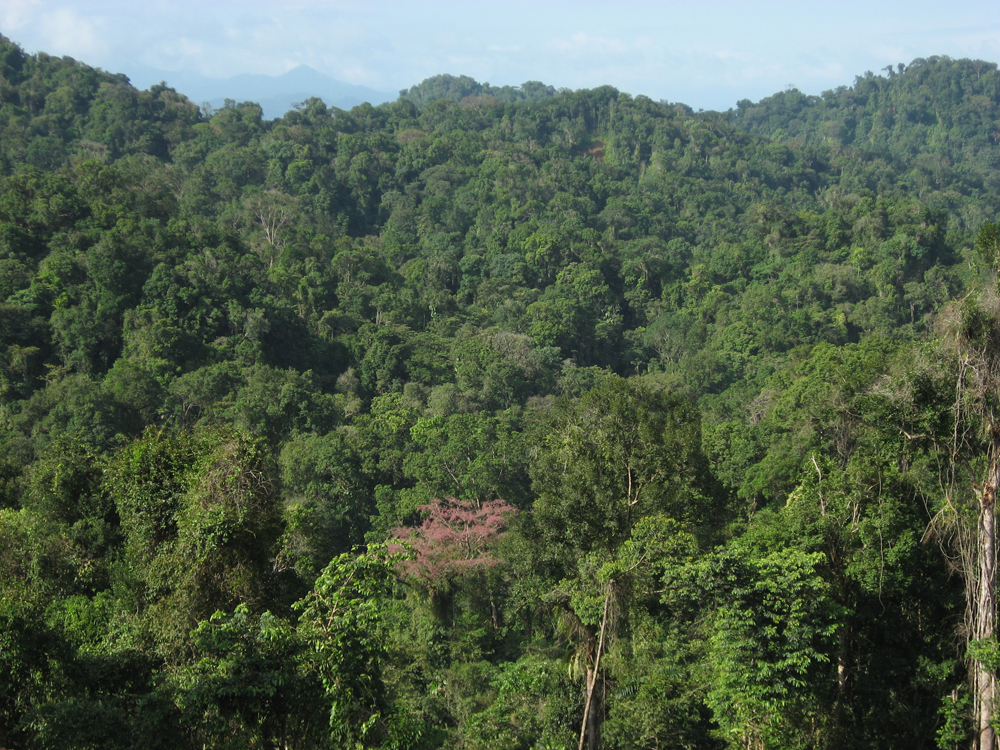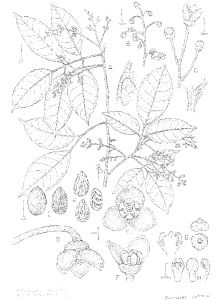Discovering New Plant Species in the Field—and in the Herbarium, Part Three
Posted in New Plant Discoveries on December 19, 2014 by Douglas Daly
Douglas C. Daly, Ph.D., is the Director of the Institute of Systematic Botany and the B. A. Krukoff Curator of Amazonian Botany at The New York Botanical Garden. Among his research activities, he is a specialist in the Burseraceae (frankincense and myrrh) family of plants. Read Part One and Part Two of this series for more information.

In the first post in this series about the process of discovering and describing new plant species, I noted that the average lag time from when a new species is first collected in the field to when its name and description are published is a shocking 35 years. After publication, new species often languish in the herbarium and scientific journals, even if the information they represent has important conservation value. But sometimes we beat these odds by publishing new species in a relatively short time, and having the results makes a difference.
Earlier this year, a colleague from the Missouri Botanical Garden commented on a remarkable and barely accessible place near the Caribbean coast of Panama where one of the rainiest and hilliest rainforests in the world is controlled by a huge mining operation that, at least up to now, has committed to taking action to conserve biodiversity in that forest.
I told him I had material of a new species from that very place and that it represented the first record of the genus Dacryodes—a group of about 70 related tropical tree species in the family I study—in all of Central America. There were (and are) only two collections known of that species, and I had been waiting to see more before publishing it. Still, when I re-examined the material, the specimens had flowers and fruits and were adequate for writing a complete description. I completed the manuscript that week and submitted it for publication. After being peer-reviewed and revised, it has now been published.

A new species is always exciting, especially when it is the first record of an entire genus for a major region. More important, the fact that it is already considered endangered means that the mining company must, according to its own rules, develop a Conservation Action Plan to ensure that the species does not become more threatened as a result of mining activities. One of the two known specimens was collected in the mining “footprint,” meaning its habitat will not survive, but the other is in Donoso, a proposed conservation area that the company has said it will create. The specimen from that area strengthens arguments for establishing the reserve.
The species name patrona is Latin for defender, protector, or ally, reflecting my hope and intention that this rare, new species can be used to help conserve part of the unique flora of western Colón Province. As the botanist who collected this species wrote to me, it “will help support the idea that the area has a diverse and under-studied flora, and hence that conservation has to be taken seriously by the mining company…. New species known only from the mine site are the best evidence we can present.”

